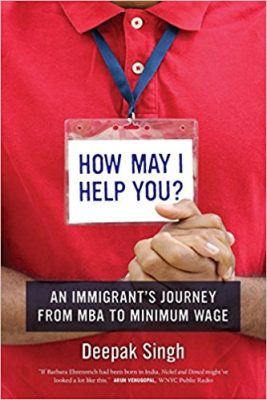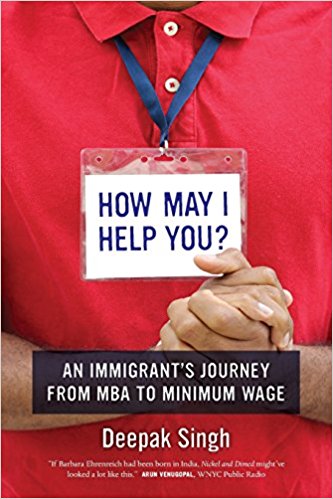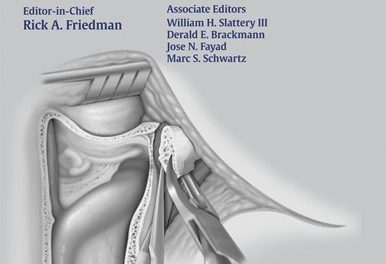 Author: Deepak Singh
Author: Deepak Singh
Publisher: University of California Press – 263 pages
Book Review by: Deekay Daulat
People from India or born to Indian parents living in the United States are widely known as the ‘model minority’ because the broad U.S. society either associates them with some nationally prominent, highly successful individuals, or know someone personally whom they view as having achieved the ‘American Dream’.
Who are some of these well-known, highly successful Indians that come to your mind? In the political arena which gets wide media coverage, they are governors such as former South Carolina governor and current U.S. Ambassador to the United Nations Nikki Haley, and former Louisiana governor and Republican presidential candidate Bobby Jindal.
Some other popular Indian people are perhaps CNN host Fareed Zakaria, sitarist Ravi Shankar, music conductor Zubin Mehta, and a number of others. Ask the average American who he knows who is Indian, and he’ll likely respond: “Oh, my doctor is Indian”. He or she is among 155,000 Indian doctors, representing 15 percent of all U.S. doctors, a lesser-known fact.
Another impressive but not-so-widely statistic about the 3.9 million Indians in the U.S. (about three-quarters of the 5.2 million South Asians that include Pakistanis, Bangladeshis, Sri Lankans, and others) is that according to U.S. Census Bureau, they have the highest level of education, with nearly 80 percent having a BA compared to the U.S. average of 28 percent.
And of these, about 40 percent have an advanced academic or professional degree such as an MBA, MS, MD, or PhD. Indians who immigrate to America strongly desire material success as well, so it is no surprise that a large proportion of U.S. Indian households – seven out of ten – have their own business, and typically, this is a hotel or motel (or a chain of them), a food or other franchise (sometimes several units), an engineering or technology company, or a professional practice providing accounting, architectural, financial, or other services.
Indian parents ensure that their children get the best education money can buy, but either push them to study hard or motivate them with praise, to do well all through their schooling so that they can be successful in life. The outcome is that Indians are among the highest-earning immigrants, and one in nine Indian households has a net worth of over a million dollars.
As is the case with people from other countries coming into the U.S., Indians face hurdles along their way to fulfilling their desires and attaining their goals. While most Indian immigrants are on the path to upward mobility, others struggle, for a variety of reasons, and have to take whatever job is available, to survive.
One such person is the author of this book Deepak Singh who somehow got on a path of ‘downward mobility,’ at least temporarily. He had to settle for a minimum-wage job in an electronics store in Virginia. Through 27 chapters, he relates to readers his various experiences as an immigrant.
This personal story is an example of broad economic, social and political issues that are content of debate among activists and scholars. Deepak’s American wife Holly Donahue Singh writes in the Foreword: “For instance, Deepak’s downward mobility in the workplace after his arrival underlines the difficulties many immigrants experience a niche in a highly differentiated economy stratified between low-paid service work and highly compensated tech skills.”
She mentions that Deepak had impressive credentials: not just a postgraduate degree in business, fluency in English, and legal permission work, but also having worked with BBC as a radio producer, with American and British scholars, and with international organizations UNICEF and WHO. Despite these, “he could land only a low-wage position.” She points to case of some immigrants: doctors who become nurse’s aides, lawyers who office workers, and teachers who become tutors.
Deepak’s story provides insight about a workplace that I suspect many readers do not have a clue about. To enrich yourself, I recommend that you read this eye-opener of a book.
Author:
Deepak Singh is a writer, radio producer, and journalist. He is a frequent contributor to Public Radio International’s The World, and has written for The New York Times, National Public Radio, The Boston Globe, and The Atlantic.







